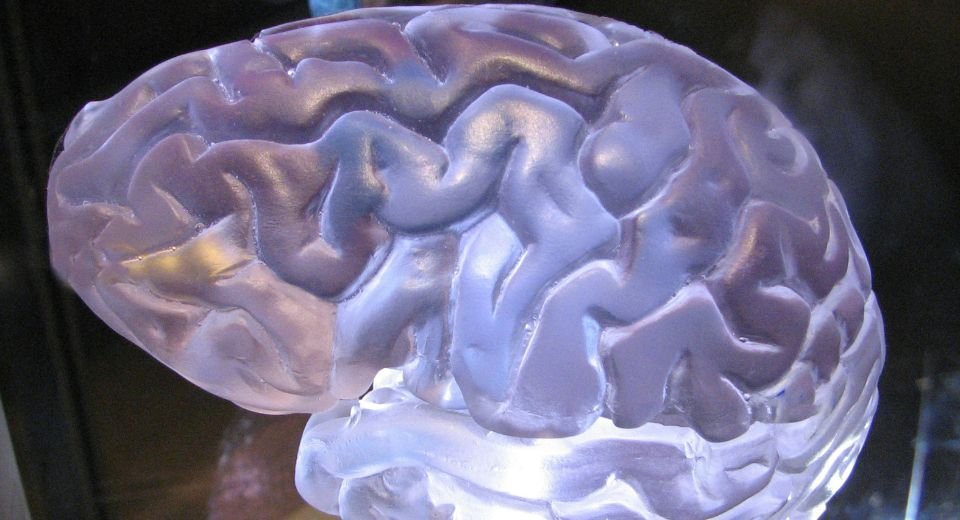HQ Team
March 21, 2024: Noland Arbaugh, 29, the first human to receive Neuralink’s brain implant, was able to play online chess and a video game using the device, according to a video posted by billionaire Elon Musk’s X platform.
“I don’t want people to think that this is the end of the journey. There’s a lot of work to be done,” said Arbaugh, who is paralysed from the shoulders down for eight years after a diving accident.
“But it has already changed my life,” he said, sitting in a wheelchair. In the video, he was being interviewed by a Neuralink engineer.
In January Elon Musk’s Neuralink Corp., implanted the device in a human brain and the results showed “promising neutron spike detection.” The identity of the human was not revealed then.
The human brain uses electricity to communicate, its neurons talking to each other by sending tiny blips of voltage down a gossamer thin cable.
Talk, eat, run
Neuroscientists call that blip “the spike”. And as spikes are how neurons communicate, they are how a human does anything: talk, eat, run, see, plan, and decide.
The initial goal of Neuralink’s brain-computer interface is to grant people the ability to control a computer cursor or keyboard using their thoughts alone, according to an earlier statement.
Once in place, the implant is cosmetically invisible and is intended to record and transmit brain signals wirelessly to an app that decodes movement intention. The study will take approximately six years to complete.
The regulator FDA cleared the study in 2023.
Quadriplegic Arbaugh earlier used a moth stick to make his moves on a computer “but it was not good.”
“If y’all can see the cursor moving around the screen, that’s all me,” he said during the livestream as he moved a digital chess piece. “It’s pretty cool, huh?”
Brain commands
“I can move the cursor around the screen with brain commands. Giving context to the whole thing, they started with a bit of differentiation with imagined movement vs attempted movement,” he said during the livestream.
He said he tried to first move his left hand and right hand, forward and backwards.
“From there it became intuitive, to start imagining the cursor moving, basically forcing the cursor to move all over the computer by focusing my gaze on the point where I want it to move.
“It was a wild experience. It’s cool, crazy and I am lucky to be a part of this. Every day you seem to be learning new stuff and I cannot even describe how cool it is to do this.
“First time I got complete control over this I stayed up till 6 am playing (the video game) Civilization 6 on the computer. It was worth it. It is a big game and requires a lot of effort and this gave me the ability to do that again. I read, I like learning languages. I am learning Japanese and a little French.
Sleep when the family does
“One of the big things was that I could only play with the iPad and could not play online. I could not play in the night as I needed help from my parents to set it up on my iPad and I could not keep them up all night to help me play the game. It is not something I would want to do.
“I would have to sleep when the family did. Also, I could not play for long as I had to worry about pressure points, and sores and my body had to adjust to these limitations, the things that come with being a quadriplegic.
“So it was not feasible for me to play a full game or anything and now I can just literally lie in bed and play to my heart’s content. Honestly, the biggest restriction now is to wait for the implant to charge once I have used it all.
“So play for 8 hours and wait for it to charge some more and hopefully play some more. But it has been awesome, and I have been kicking ass.
“Earlier used to dress up in different Halloween costumes over the years, and now that you have actual forced control over stuff, it opens up the possibilities, what do you think you are going to dress up this year?
“Umm, my friends and I have decided that I will be Professor X, not only because I am in a wheelchair but because I am a telekinetic and it is going to be cool and my friends and I are excited about it.”
‘Not perfect’
On the issue of perfection of the brain implant, Arbaugh said it was not “perfect.”
“There are still some issues and I don’t want people to think that this is the end of the journey. A lot of work has to be done, People who are thinking of applying for the human trials or are thinking about some way to help out with this then I want you to do your part and that is the reason I got into it because I wanted to help and be a part of something that I think is going to change the world.
“There is nothing to be afraid of, the surgery was super easy, and I was released from the hospital a day later. I have no cognitive impairment, or none that was caused by the surgery.
“I have a pretty good record at chess. I want to thank Neurolink for doing this and making this a reality and they are going to change the world and let me be a part of it,” the bearded Arbaugh said.
Several other companies, such as New York-based Synchron are in the race to commercialize brain-computer interfaces. All are in the experimental stages.
